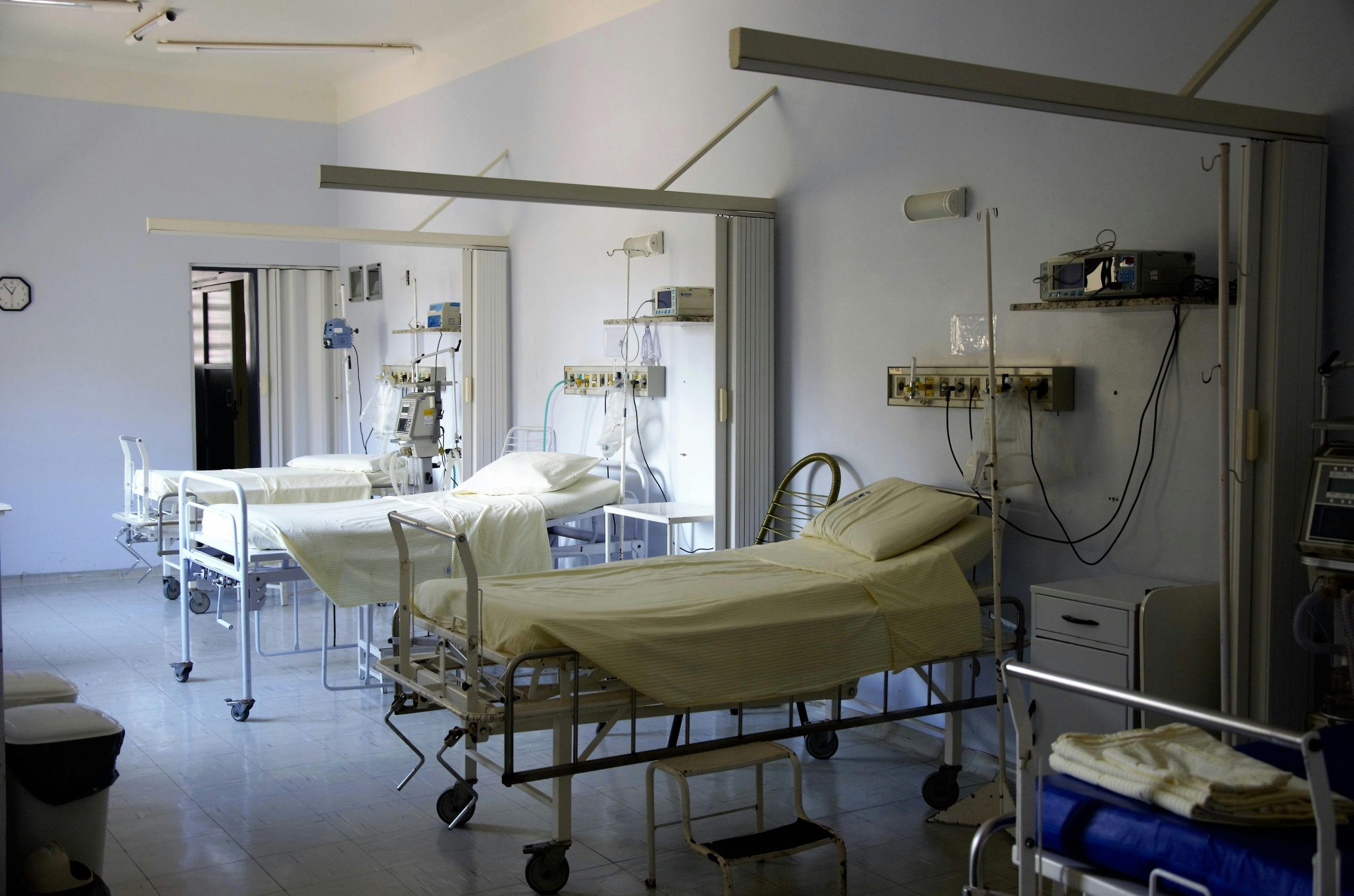Failure to recognize surgical complications can lead to medical malpractice. One of the more common types of cases that our office handles is the circumstance in which a surgeon injures a patient but fails to either recognize the injury. In most surgeries, physicians are operating in areas in which anatomical structures are often times separated by centimeters or millimeters. In other instances, critical structures such as veins and arteries can be fused together with ducts and organs. This requires the surgeon to painstakingly separate these structures to perform the procedure or remove an organ.
In some of these instances, an accepted risk of the procedure is the unintentional injury to an adjacent structure. Whether it be a laceration, puncture or even transection. When this occurs, the surgeon is generally not regarded as having negligently injured these structures. Instead, it is what the surgeon does next that determines whether his actions constitute negligence or not.
Evaluating the Surgeon’s Actions
When our office reviews these kinds of cases, we always generate a timeline of events. We look to try and answer questions such as:
(1) When did the complication occur during the procedure
(2) When was the complication recognized
(3) What efforts did the surgeon make to discovery a complication prior to closing the patient up
(4) How long did it take for the surgeon to recognize the complication;
(5) What method(s) did the surgeon employ to repair the injury
(6) What symptoms did the patient have immediately after the surgery that should have clued the surgeon in to an existing injury that had been missed during the procedure
(7) How quickly did the surgeon take the patient back to surgery to repair the injury.
Delays in Surgical Intervention
Because delays in care can lead to systemic illness or death within such a short time period, any delay following the signs of a major complication is unacceptable. When we take the deposition of these doctors in your lawsuit, we always ask them about prior complications or deaths that they have experienced. Also, if they did not take steps to prevent its occurrence.
We also inquire whether these surgeons ever practice their response times to similar complications. Or, if they have created or followed any checklists to make sure that such a complication does not occur. The best evidence that a doctor may have committed medical negligence is often the fact that the doctor did not follow a “checklist” or “safety guidelines. Also that either he or his hospital has previously generated to prevent the very injuries that he has just caused.
This is why failure to recognize surgical complications can lead to medical malpractice. If you or a loved one believe that you have been injured as a result of a surgeon’s failure to timely recognize an intra-operative complication, contact Bennett & Heyman, P.A.













